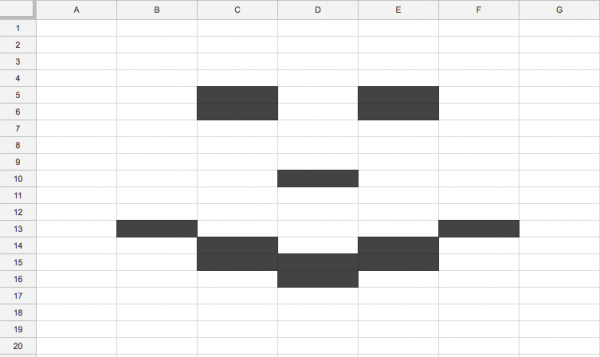In Praise of Spreadsheets

This morning I asked Team Billfold to share how they budgeted, and the overwhelming response was “by spreadsheet.”
Even if you were using YNAB or Mint, many of you also had a spreadsheet to do… well, all of the things those apps can’t do.
When I mention my spreadsheets—and I do have a lot of spreadsheets—people sometimes ask why I don’t just use an app instead.
I do use apps. I use Fitbit to collect metrics, and I have a separate spreadsheet in which I enter those metrics so I can understand them in ways that Fitbit doesn’t facilitate. (Why doesn’t Fitbit let you compare hours of sleep to amount of food eaten, or hours of sleep to walking speed, or weekly caloric deficit to weekly weight loss? That kind of functionality seems like it should be obvious.)
In the case of my budget, I use Mint to view everything from a top-level perspective: How much money is in my accounts? Has my net worth gone up or down? How does my spending per category compare to last month’s?
But the actual budgeting happens in a spreadsheet. Lists of items, lists of estimated costs, checking each item off after I buy it and adjusting the cost accordingly.
And yeah, that sounds like a lot of work to update all of those spreadsheets (as well the ones I use to track my freelance assignments or build my travel packing lists), but it really only comes down to a few minutes every day, and maybe about an hour or so of planning at the beginning of every month.
I’m guessing it’s the same for you, right? Because if all these spreadsheets were time-consuming or arduous, we wouldn’t do them.
So here’s to spreadsheets! May their rows be infinite and their formulas easy enough to remember that we don’t have to Google them every time.
Support The Billfold
The Billfold continues to exist thanks to support from our readers. Help us continue to do our work by making a monthly pledge on Patreon or a one-time-only contribution through PayPal.
Comments